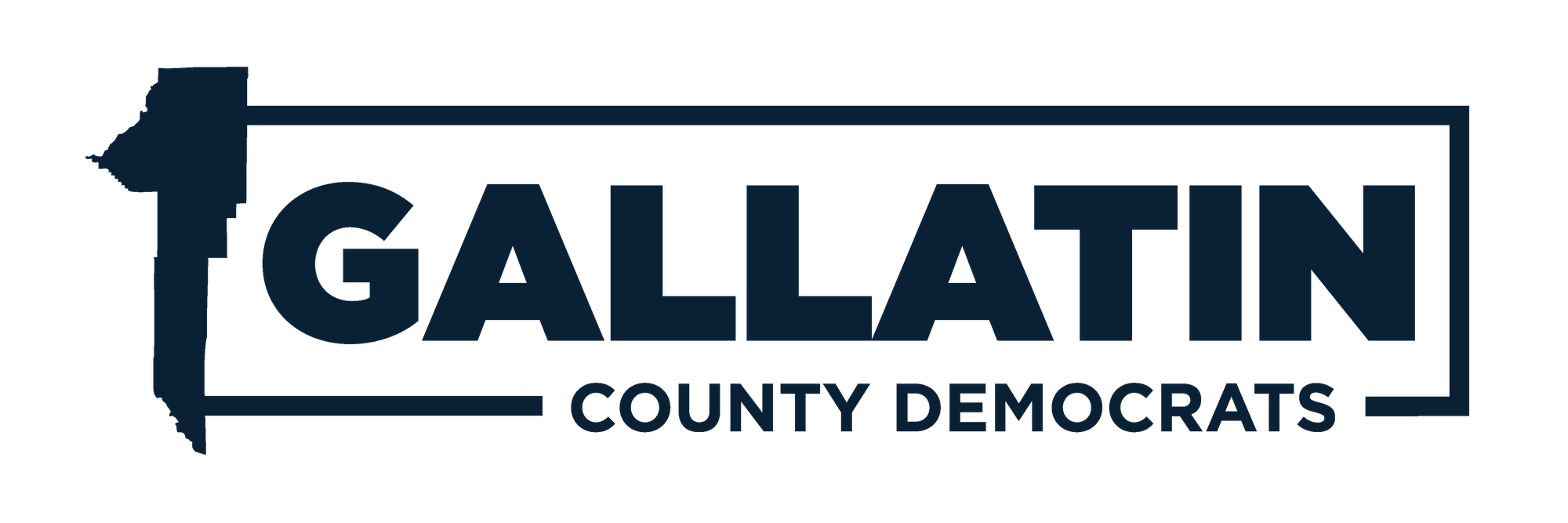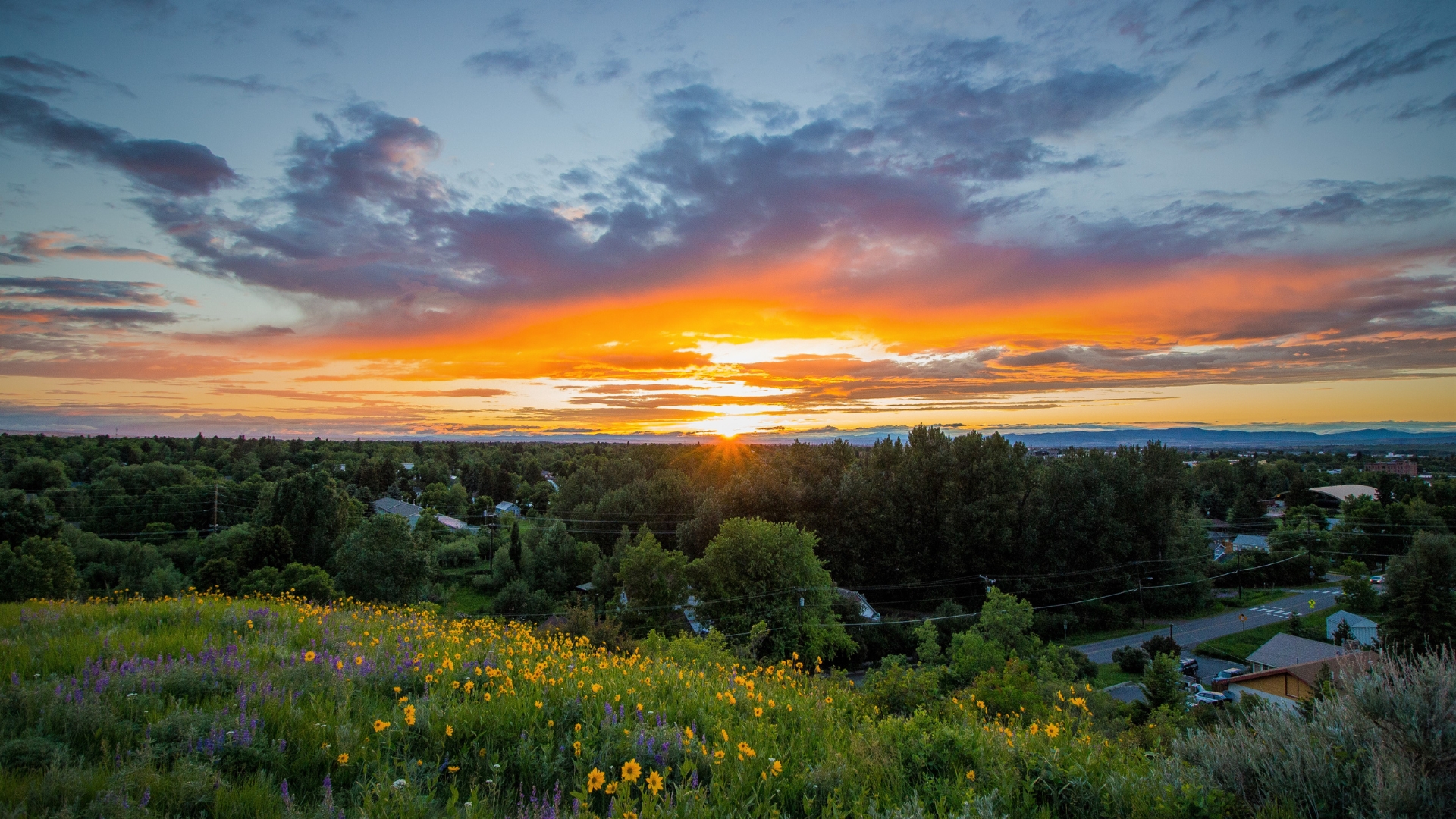By KATE BURNABY WRIGHT
Guest columnist
As spring’s fickle weather unfolds, these longer days offer fresh energy after a dark stretch of winter. South-facing walls in warmer pockets of the valley harbor the first tulips of the season, the COVID-19 vaccine is increasingly available, snowpack is near normal, and people are out walking snow-free paths. It’s almost as if we’re all emerging from hibernation, along with the bears.
Farmers don’t just feel this change, they live it: Spring brings busy times, nurturing new life.
Greenhouses are filled with seeds and sprouts growing into starts for farmers’ fields and all our gardens. Barns are filled with babies: piglets, lambs, kids, chicks and more. Snow melts off fields
not quite ready for planting, and plans made in the depth of winter advance.
Of course, many plans shifted in the aftermath of 2020’s disruptions, including farmers’ plans.
This year, 3 Fiddles Farm must rebuild fencing, irrigation, tool storage and wash stations lost to the Bridger Foothills fire. Gallatin Valley Botanical is partnering to expand last season’s community harvest, which involved 206 volunteers in the weeding, harvesting and washing of carrots for our community and resulted in deliveries of local organic carrots to Gallatin Valley Food Bank
— roughly 725 pounds per week — through February. Chance Farm is taking the year off, one of several experienced farmers seeking to grow beyond leased or limited acres and facing the
daunting task of affording farmland in this astronomical market.
New online markets offer expanded access to local produce, while farmers’ markets prepare to offer in-person shopping. Local farmers grow and raise food for our community because they understand the value of local. They want to offer an alternative to consolidated industrial agriculture. Most are motivated to employ sustainable growing practices that regenerate soils and respect nature, and to reconnect us with the food we eat. In short, local farmers form the foundation of a vibrant local food economy that nurtures relationships, community, and health.
When the pandemic hit, it wasn’t lost on Montanans that food systems couldn’t pivot fast enough. There was no flour to be had at local grocery stores, despite the fact that Montana grows vast quantities of high-quality wheat. Meat was in short supply, despite an abundance of livestock. Consolidated food chains dumped milk, produce, and animals while we faced empty shelves and rationing. It was local people — businesses, farmers, individuals with relationships — who pivoted, problem solving and finding new pathways to get healthful foods to those without access.
This may become the most actionable wakeup call — and the biggest silver lining — of 2020. Across Montana, there is renewed understanding that we must reinvest in decentralized, local food systems. Montana used to produce 70% of the food we eat; today, it’s 10%. It’s time to change that.
While most of us won’t be directly involved in the development of processing infrastructure or helping farmers access land, each of us can help rebuild a strong, more equitable and vibrant local food economy. A few specific ways that individuals — no matter our income — can invest:
• Put more of your dollars toward regionally grown, raised and processed foods. This could mean purchasing a Community Supported Agriculture (CSA) share from a local farm, committing to visit a farm stand or farmers’ market each week this summer, or using online farm markets.
• Encourage your company or institution to serve more locally sourced foods, be it at events or in the cafeteria.
• Ask, next time you’re at a restaurant or grocery store, what local Montana-grown options they have. And choose it.
• Explore abundantmontana.com, our state’s local food and farm directory. This online tool just relaunched, and is actively expanding listings: restaurants, farmers’ markets, sites that accept SNAP benefits — you name it!
• And finally, encourage kids to ask, “Where does this food come from? Who are our farmers?”
Now — as we emerge from winter, from pandemic — is a vital time to remember that what we eat matters.
Kate Burnaby Wright serves on the steering committee for Open & Local, a growing network of professionals and community members working to strengthen our local food economy and conserve open land.
Bozeman Daily Chronicle Guest Editorial 4/3/21

